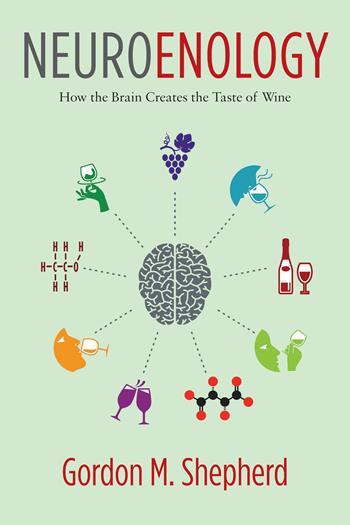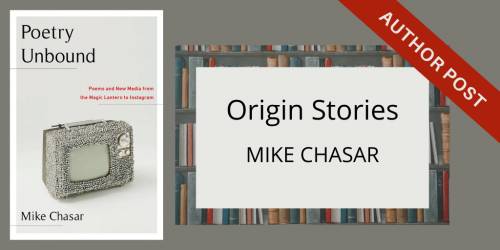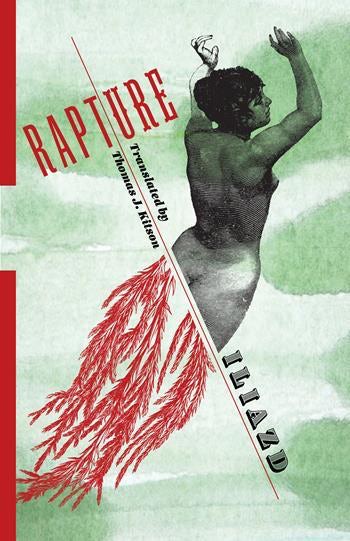10 Tidbits from Gordon M. Shepherd’s Neuroenology: How the Brain Creates the Taste of Wine to Casually Slip into Conversation at Your Next Winetasting Party
“If someone comments on how fun and relaxing winetasting parties are: ‘Actually, the process of orthonasal smells, or initial smell images, changing into mental images, while integrating taste, tactile, auditory, and visual stimuli is very involved.'”
This week, our featured book is Neuroenology: How the Brain Creates the Taste of Wine, by Gordon M. Shepherd. Today, we are happy to present a list of ten tidbits about the science of how we taste wine for use in common wine-tasting party settings, pulled together by Columbia UP publicity intern Elisa Kong.
Don’t forget to enter our book giveaway for a chance to win a free copy!
10 Tidbits from Gordon M. Shepherd’s Neuroenology: How the Brain Creates the Taste of Wine to Casually Slip into Conversation at Your Next Winetasting Party
By Elisa Kong
1) When someone comments on how smooth the wine is: “Actually, the initial perceived smoothness of wine depends on the balance between the serous and mucus parts of your saliva.”
2) If you catch your friend tasting the wine before sniffing it: “Before you start tasting, remember that sniffing is quite important when tasting wine, as it allows you to sense a wine’s aroma, which is critical in your judgment of its taste… But don’t stop on my account!”
3) If someone’s having a difficult time picking up on the aroma of the wine at hand, ask them if their olfactory bulb, the first station for processing sensory response, is working. “Pardon me, but is your olfactory bulb in tune today?”
4) When your friend says the wine is too “tart,” remind them that “tart” is not a term to be used lightly, as it implies that a wine’s acidity is much too strong. Mild acidity adds an “edge” to wine, which might have been the more appropriate term to use.
5) When your friend brings out a cheese plate to pair with the wine, inquire about his or her selection of hard and soft cheeses, as hard cheeses make wine taste softer and fuller.
6) If someone comments on how fun and relaxing winetasting parties are: “Actually, the process of orthonasal smells, or initial smell images, changing into mental images, while integrating taste, tactile, auditory, and visual stimuli is very involved.”
7) When your friends are choosing between different wines, make sure to bring up a winetasting course you took in college or how you summered in Napa Valley, since the ability to distinguish between wines relies on practice and experience.
8) If someone tries to describe the taste of a certain wine to you: “I would use different words to characterize that wine, as wine language is quite specific to the person tasting. There exists a wide variety of olfactory receptors. I wonder if we have any in common!”
9) If you abused your taste buds by eating too much hot sauce or drinking too much coffee or soda that day, make sure to send a quick text to your friends: “Would love to come to tonight’s winetasting party but am afraid that I would be of no use in accurately tasting wine, as my sensory receptors were recently exposed to extreme stress.” (Or something along these lines).
10) When (not if), your friends applaud you for your wealth of knowledge and request to hear more about your winetasting expertise, act coy and never admit that you learned everything from Gordon M. Shepherd’s Neuroenology: How the Brain Creates the Taste of Wine.





